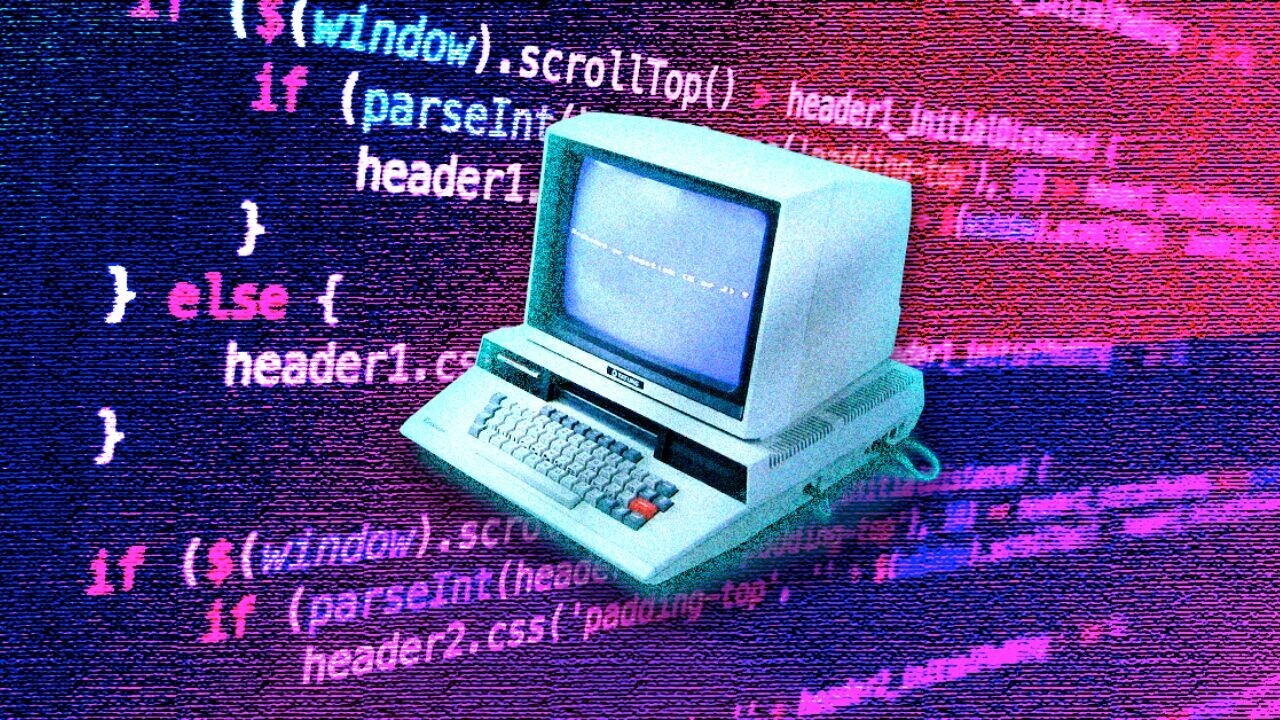
Exploring the Programming Languages Landscape: Hardest and Easiest to Learn
Navigating Your Career in Software Development
As the tech industry evolves, the choice of programming languages to learn becomes ever more crucial for budding developers. The languages you select not only shape your immediate coding ease but also influence your long-term career trajectory. It’s not merely about how many lines of code you can write; rather, it’s about how skillfully you can leverage the strengths of each language in real-world problem-solving contexts.
The spectrum of programming languages ranges widely, from those that boast clean syntax and robust community support to those that present formidable challenges in structure and complexity. Today, we will explore three of the hardest programming languages to master alongside three of the easiest, shedding light on why they hold their respective positions in the coding community.
The Challenging Trio
1. C++: A Double-Edged Sword
C++, an extension of the C programming language, is notorious in the software development world for its complexity. While C is often praised for its simplicity and efficiency, C++ is regarded as a multi-paradigm language that introduces challenging syntax and intricate standard libraries. Its powerful features cater to high-performance applications, yet those very features can intimidate newcomers. The average salary for C++ developers, around $64,444 according to Stack Overflow’s annual survey, reflects its status but also highlights the competition in this domain.
2. Haskell: The Purist’s Language
Haskell presents another steep learning curve, largely due to its functional programming paradigm, which is a significant shift from the imperative programming languages many developers first encounter. The language emphasizes immutable data and programming as the evaluation of mathematical functions, diverging sharply from more traditional languages. Haskell’s type system and lazy evaluation can be both powerful tools and perplexing obstacles for learners.
3. Assembly Language: The Low-Level Puzzle
Often deemed one of the most challenging programming languages to learn, assembly language requires a strong understanding of computer architecture and memory management. Unlike high-level languages that abstract away these details, assembly language necessitates precise attention to low-level operations. To master it, one must be comfortable navigating the intricate dance of bits and bytes, making it a language reserved for the most dedicated programming enthusiasts.
 Complexity of programming languages varies significantly across the board.
Complexity of programming languages varies significantly across the board.
The Accessible Trio
1. JavaScript: The Web’s Favorite Language
JavaScript reigns supreme as the backbone of web development, bridging the gap between creativity and technology. With a syntax designed for readability, it offers immediate visual feedback, allowing new developers to see results instantaneously. JavaScript libraries and frameworks, such as React and Angular, further enhance its capabilities, making it an essential language for any aspiring developer looking to create dynamic, interactive web applications.
2. Python: The Language of Choice for Beginners
Celebrated for its clear syntax and emphasis on readability, Python is widely regarded as an ideal first programming language. Its design encourages writing clean and maintainable code, often resembling the way humans communicate. Python’s versatility spans diverse fields from web development to artificial intelligence, making it a powerful tool for learners aiming to transition into various tech domains. Its popularity, as evident in the GitHub Octoverse 2024 report, reflects a robust community that supports both novices and seasoned programmers alike.
3. Ruby: Elegant and Easy
Ruby is yet another language heralded for its elegance and the ease with which newcomers can grasp its principles. Its principle of “optimizing for developer happiness” contributes to a smooth learning curve, with a plethora of resources available to aid learners. The Ruby on Rails framework has especially contributed to Ruby’s reputation as a language that fosters rapid application development, making it a favorite among startups.
The Changing Landscape of Programming Languages
As we move into a future dominated by technology, the importance of selecting the right programming language cannot be overstated. Python’s emergence as the most popular programming language on GitHub speaks volumes about current industry trends, particularly in areas like data science and machine learning that require robust analytics and functionalities. The utilization of Python and Jupyter Notebooks highlights a decisive shift towards more accessible tools for data manipulation and analysis, reflecting an industry eager to embrace open-source innovations.
“As AI rapidly expands, developers are increasingly building AI models into applications and engaging with AI projects on GitHub in large numbers.”
This trend signifies not only a growing demand for languages like Python and JavaScript but also calls attention to the changing demands on developers. The open-source community, fueled by collaboration on platforms like GitHub, is reshaping how programming knowledge is shared and disseminated.
 Emerging trends show increased collaboration and contributions to open-source repositories.
Emerging trends show increased collaboration and contributions to open-source repositories.
The Conclusion: Choose Wisely
In the ever-evolving realm of coding, being aware of the complexities involved with certain languages versus the accessibility of others is crucial for effective career development. While hard languages like C++ and Haskell may offer potential for high-level roles, starting with easier languages like Python and JavaScript can provide essential foundational skills. In the end, your path as a developer should be driven by both personal interest and market demand, illustrating that the world of programming remains as dynamic and rich as the languages it comprises.
Take the time to explore various languages, utilize community resources, and engage with fellow programmers. Whether you’re just beginning or looking to enhance your skills, there’s always something new to learn in the world of programming—all while contributing to the collective knowledge and innovation that drives technology forward.















